You may have heard Aboriginal and Torres Strait Islander people refer to themselves as Saltwater, Freshwater, or Desert peoples. Across Australia, First Nations communities identify as Saltwater, Freshwater, or Desert peoples, depending on their geographical connection to coastal waters, rivers, inland waterways, or arid landscapes. These identities shape traditions, stories, and ways of life that have been passed down for generations. These identities are deeply connected to Country, reflecting the landscapes, waterways, and environments that have shaped their cultures, traditions, and ways of life for thousands of years.
For Aboriginal and Torres Strait Islander peoples, water is more than a resource—it is a sacred and living entity that holds deep cultural, spiritual, and environmental significance. Across Australia, First Nations communities identify as either Saltwater, Freshwater, or Desert peoples, depending on their geographical connection to coastal waters, rivers, inland waterways, or arid landscapes. These identities shape traditions, stories, and ways of life that have been passed down for generations.
Saltwater Peoples: Guardians of the Ocean
Saltwater peoples are those whose lives and traditions are tied to the sea, coastal regions, and marine environments. This includes many Aboriginal groups along Australia’s vast coastline and the Torres Strait Islander communities, who have thrived on the islands between Australia and Papua New Guinea for thousands of years.
The ocean is considered an ancestor and provider, offering food, protection, and guidance. Dreaming stories recount the creation of islands, tides, and marine creatures by ancestral beings, reinforcing the sacredness of Sea Country. For Torres Strait Islanders, the Tagai constellation in the night sky serves as a celestial guide for navigation and seasonal changes, influencing traditional fishing and seafaring practices.
Saltwater peoples have long practiced sustainable fishing and marine management, ensuring the health of reefs, estuaries, and coastal ecosystems. Traditional knowledge, such as observing the migration of dugongs and sea turtles or reading ocean currents, helps maintain balance between people and nature. Today, Indigenous rangers continue these conservation practices, protecting marine biodiversity and advocating for the recognition of traditional sea rights.
Freshwater Peoples: Custodians of Rivers, Lakes, and Wetlands
Freshwater peoples have a deep connection to inland water sources, including rivers, billabongs, lakes, and wetlands. These waters sustain life, serving as places of ceremony, storytelling, and community gathering. Many of the world’s oldest continuous cultures have thrived along Australia’s river systems, such as the Murray-Darling Basin, for tens of thousands of years.
For Freshwater peoples, rivers and waterways are not just physical landscapes but spiritual beings that must be respected and cared for. Waterholes and springs are often sacred sites where significant cultural events took place. The Rainbow Serpent, a powerful ancestral being in many Aboriginal cultures, is believed to live in and protect these waterways, ensuring their vitality and balance.
Freshwater peoples have developed sophisticated water management systems to sustain life in harsh climates. Ancient fish traps, such as the Brewarrina fish traps in New South Wales, are evidence of advanced engineering and deep ecological knowledge. These structures, built with stone, allowed communities to catch fish sustainably without depleting resources. Today, Indigenous-led conservation programs are revitalizing traditional water management practices to protect Australia’s vital waterways.
Desert Peoples: Water in Arid Landscapes
For Desert peoples, water is a scarce but sacred resource, with deep cultural and spiritual importance. Indigenous groups in arid regions, such as the Western Desert and Central Australia, have developed remarkable survival skills and knowledge systems to locate and preserve water sources.
Desert peoples rely on deep knowledge of underground springs, rock holes, and ephemeral rivers to survive. These water sources are often linked to songlines, oral maps that connect sacred sites and tell the stories of ancestral beings who created the land. Protecting these waterholes is crucial, as they sustain both people and wildlife in the harsh desert environment.
Indigenous desert communities have long practiced careful water conservation, using techniques such as storing water in clay vessels, tracking seasonal rainfall patterns, and digging soakages—shallow wells in sand dunes—to access underground water. These sustainable practices ensure the survival of both people and ecosystems in some of the world’s driest regions.
While Saltwater, Freshwater, and Desert peoples have distinct traditions and customs, they share a common understanding: water is life, and it must be protected. Indigenous knowledge systems have long emphasized the importance of sustainable practices and custodianship, ensuring that water remains abundant for future generations. As modern environmental challenges threaten these sacred places, Aboriginal and Torres Strait Islander communities continue to advocate for their rights to manage and protect their water sources.
By recognising and respecting the wisdom of Saltwater, Freshwater, and Desert peoples, all Australians can contribute to the ongoing preservation of these critical ecosystems and the cultural heritage they hold. Water connects us all, and through Indigenous knowledge, we can learn to honour and sustain it for generations to come.
References
AIATSIS. "Publications on Indigenous Cultural Practices and Environmental Connections." Australian Institute of Aboriginal and Torres Strait Islander Studies, https://aiatsis.gov.au.
"Brewarrina Fish Traps." UNESCO World Heritage Centre, https://whc.unesco.org/en/tentativelists/6052/.
Pascoe, Bruce. Dark Emu: Aboriginal Australia and the Birth of Agriculture. Magabala Books, 2014.
"Indigenous Protected Areas Program." Australian Government Department of Climate Change, Energy, the Environment and Water, https://www.dcceew.gov.au/parks-heritage/national-parks/indigenous-protected-areas.
"Tagai: Torres Strait Navigational Knowledge." Land and Sea Indigenous Knowledge Centre, https://www.indigenousknowledge.gov.au/tagai.

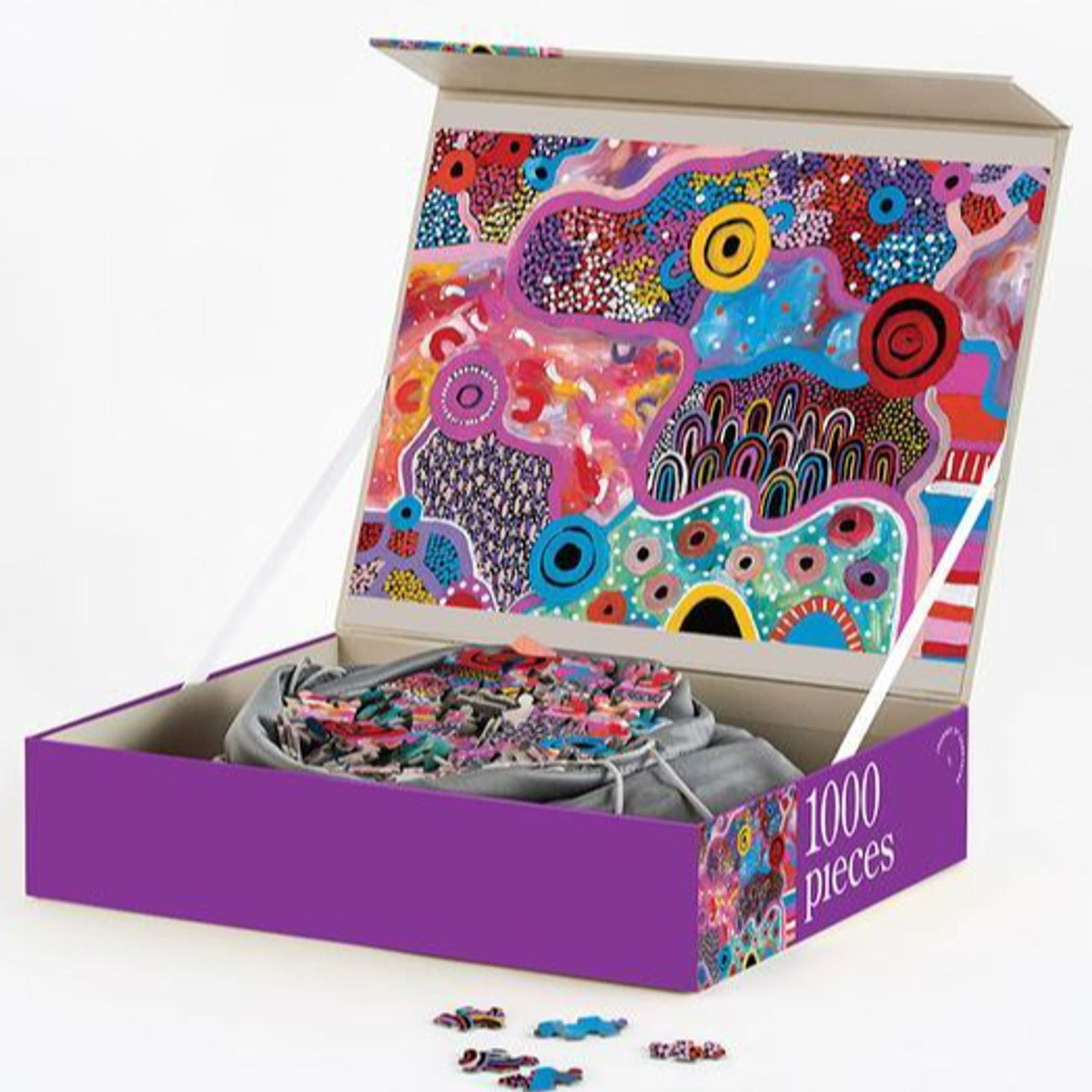



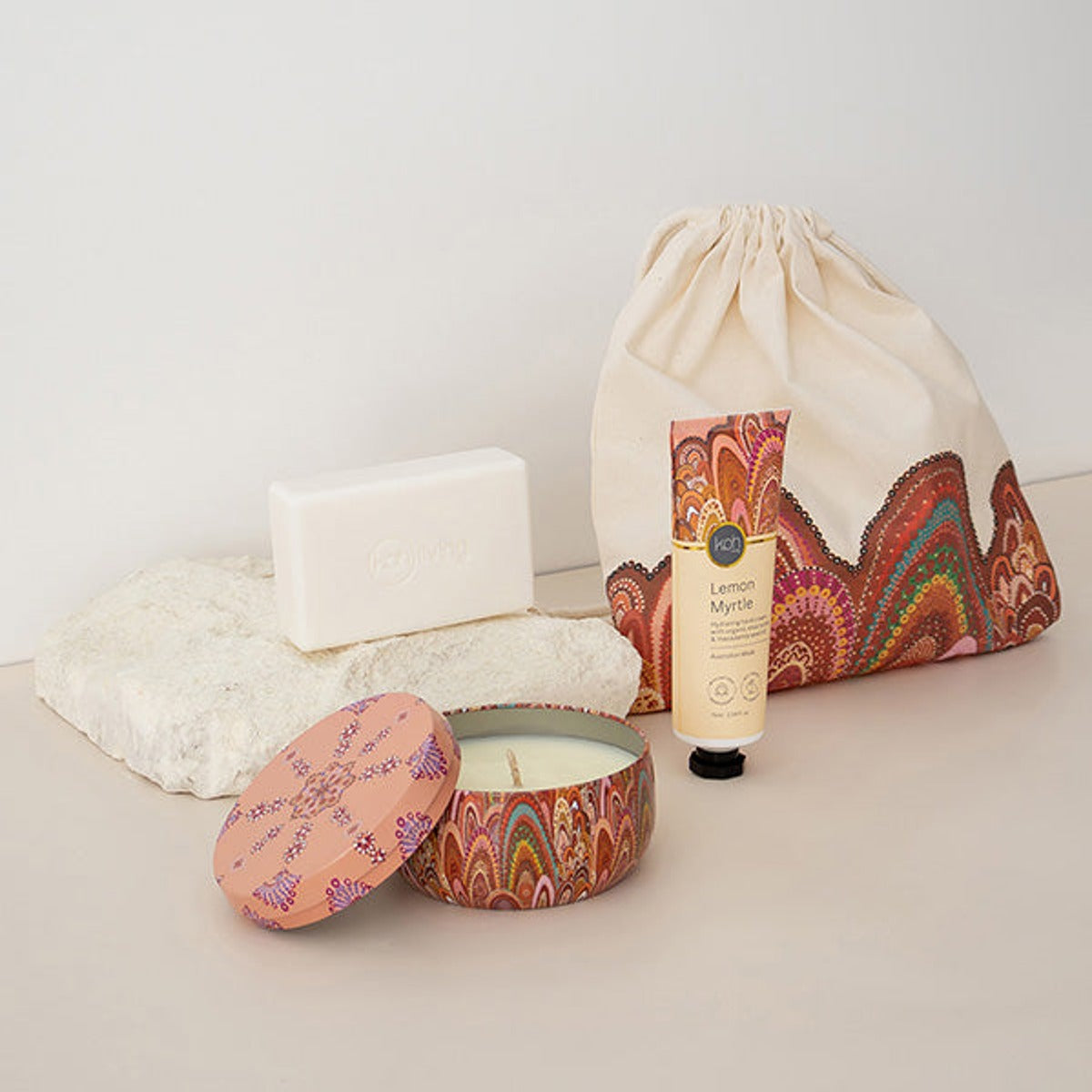

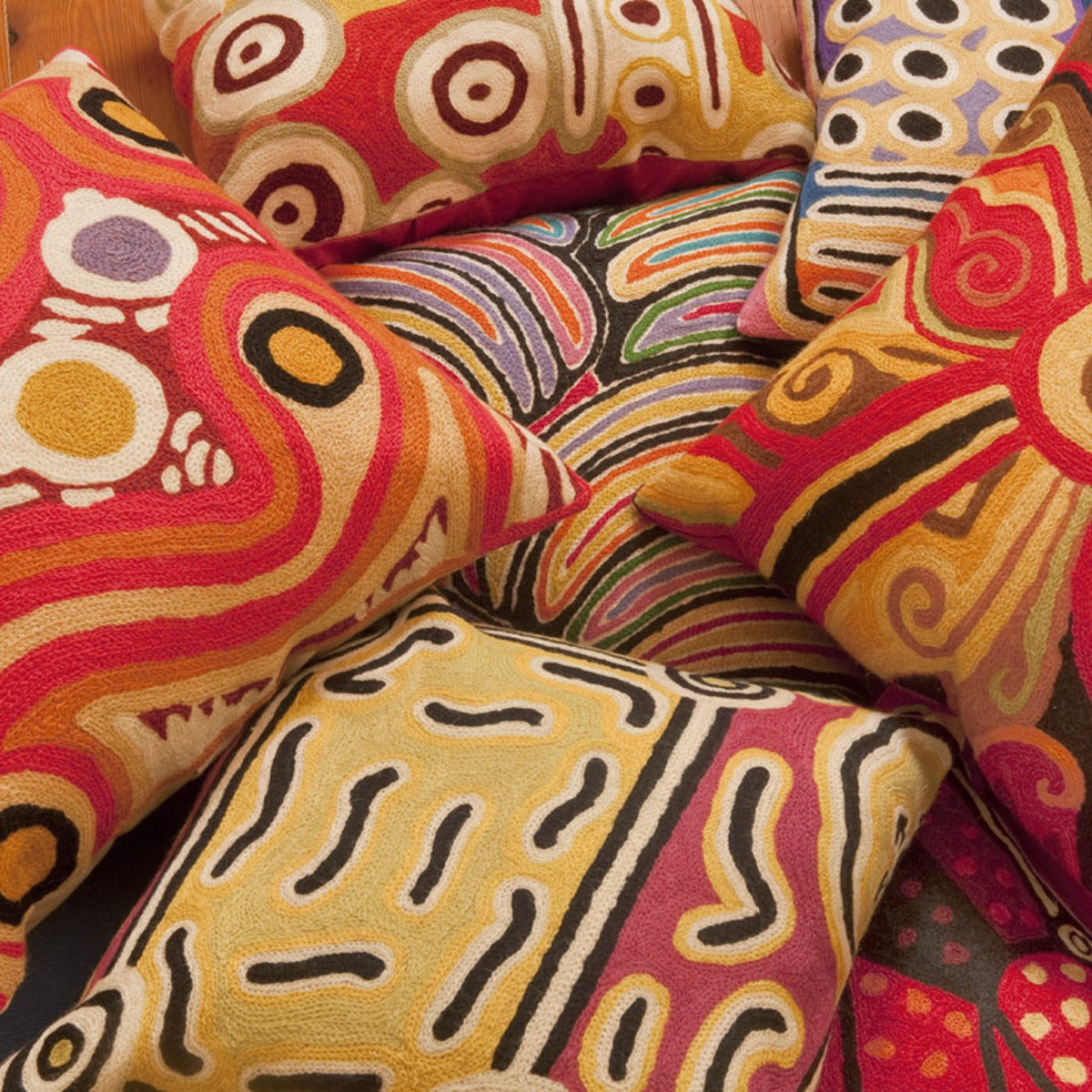
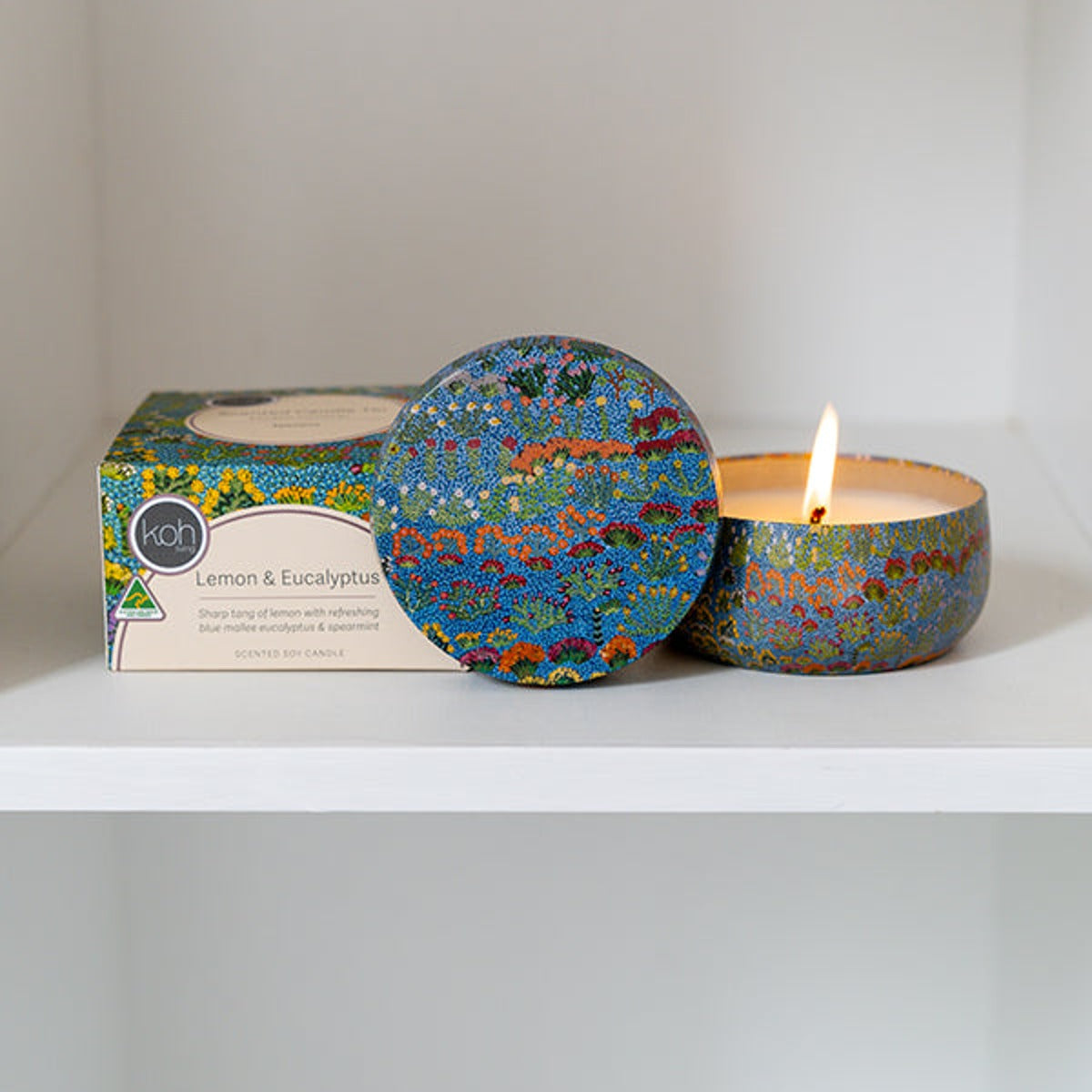

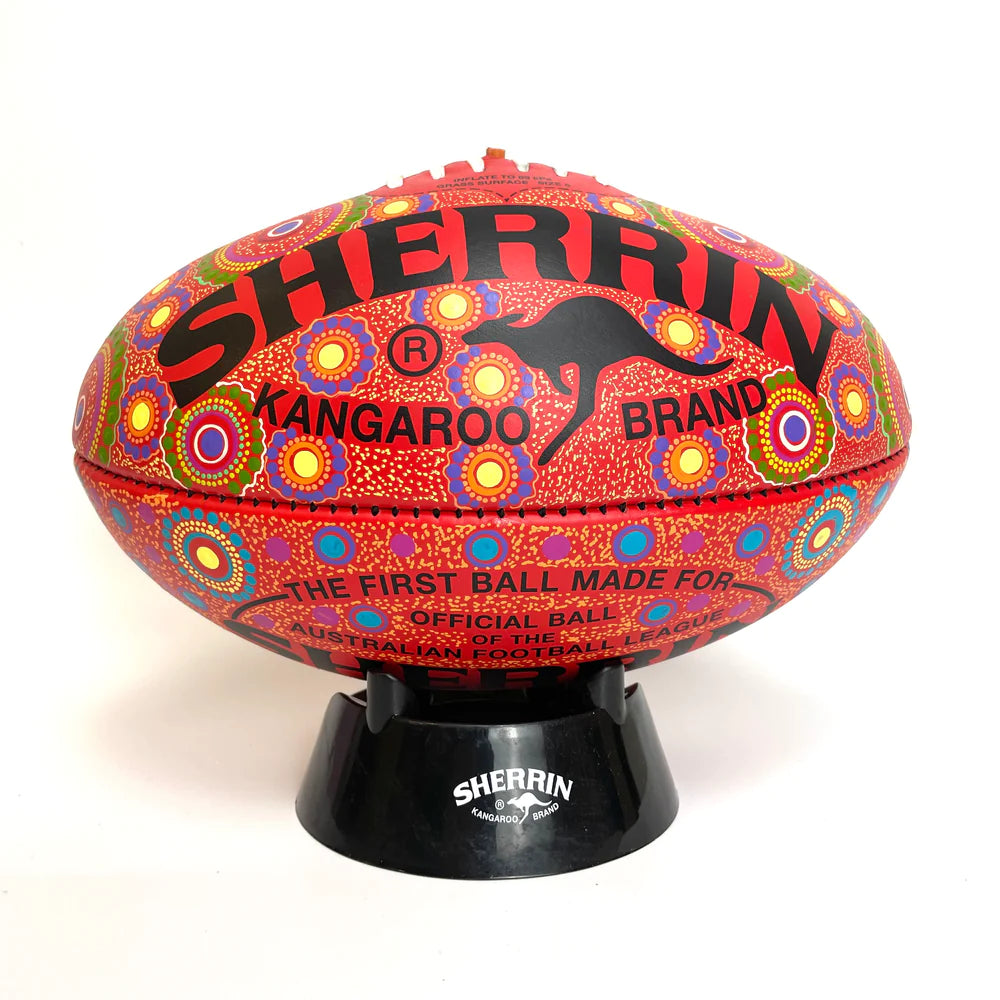
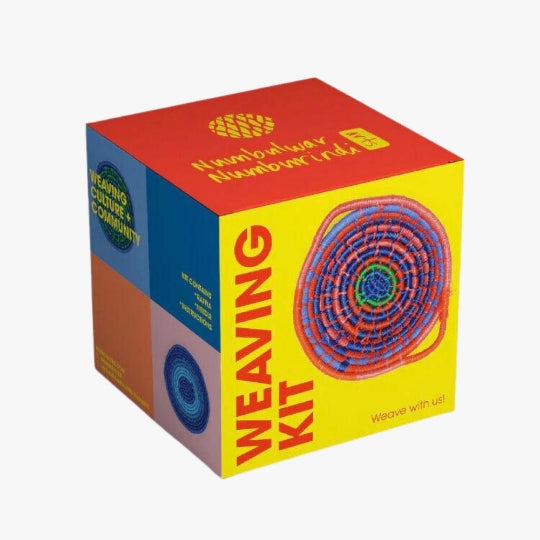

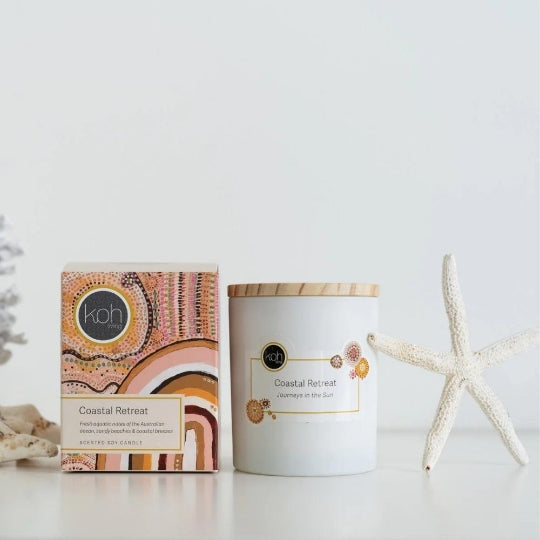

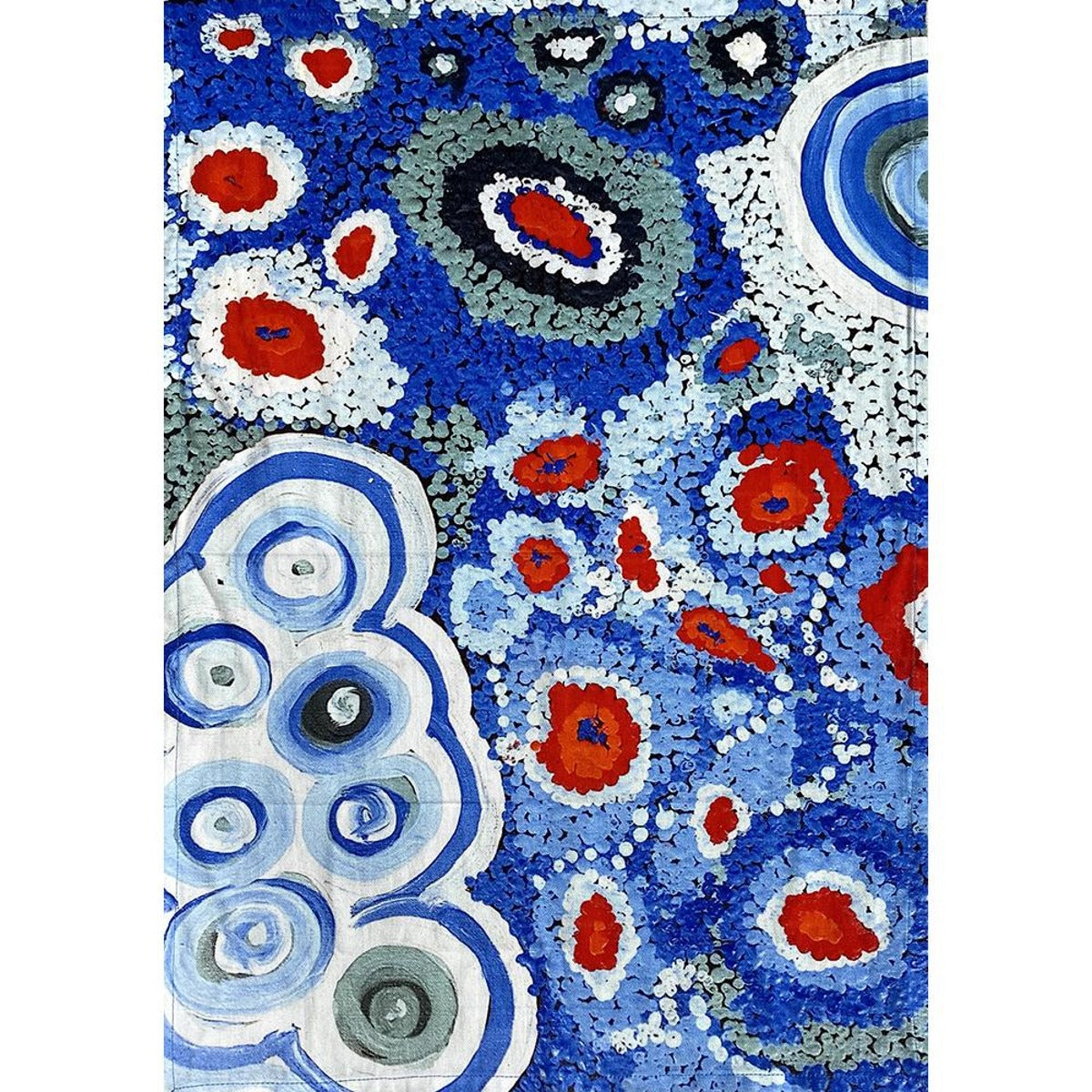

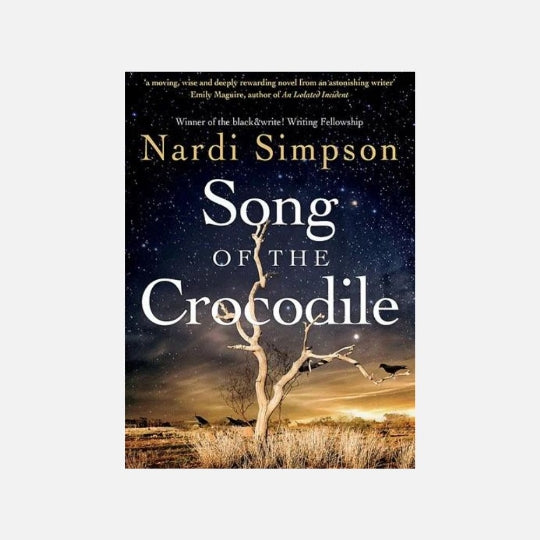

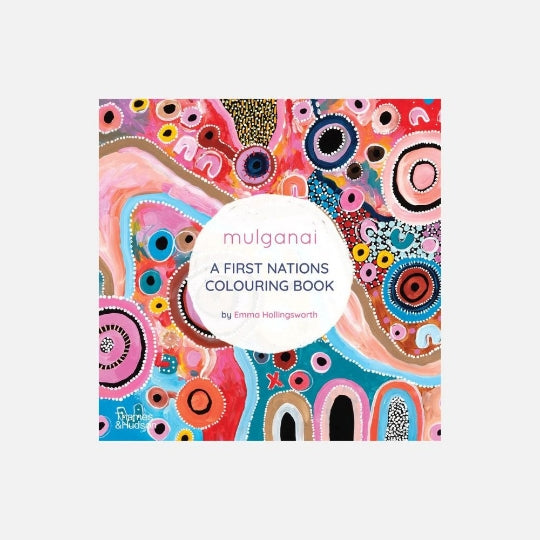
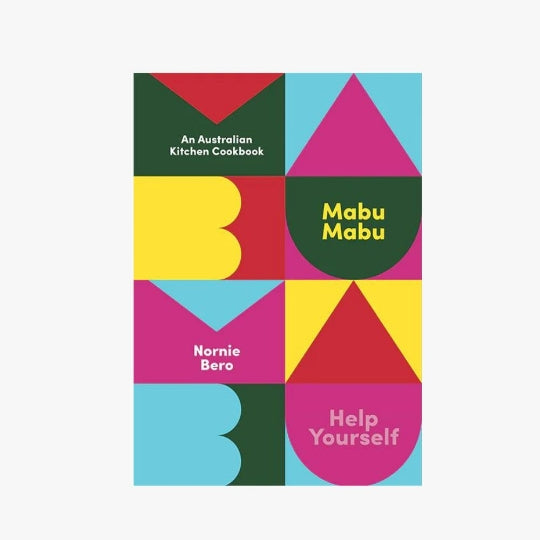
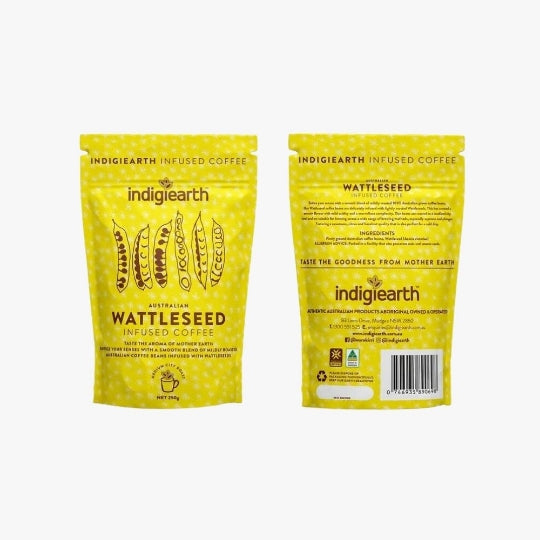

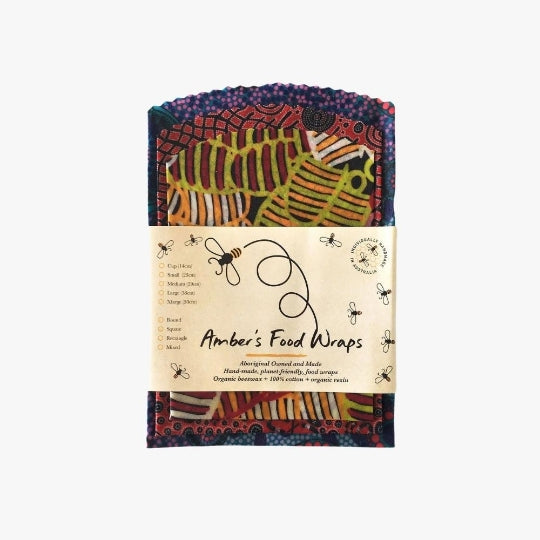
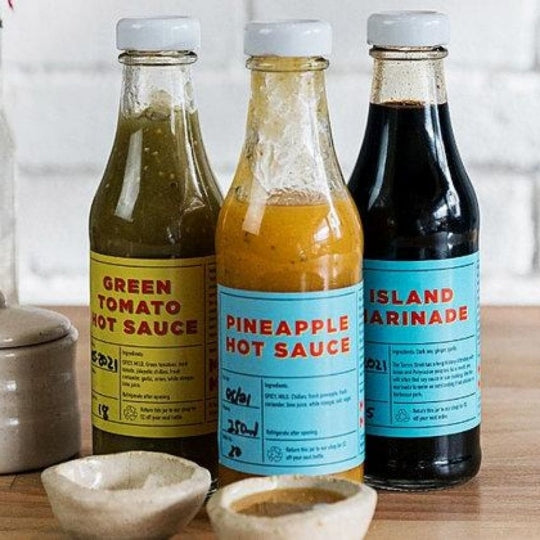


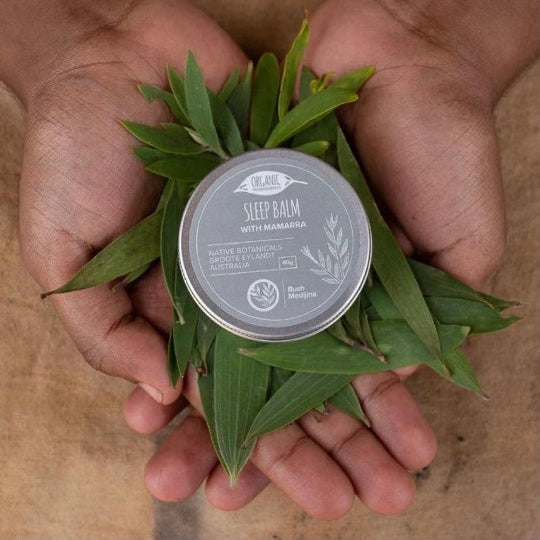
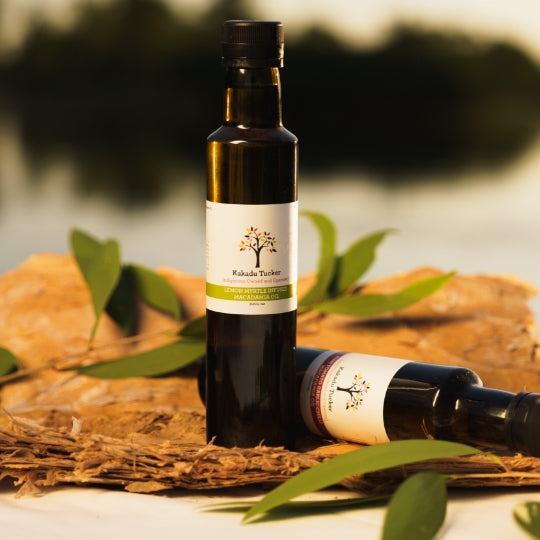



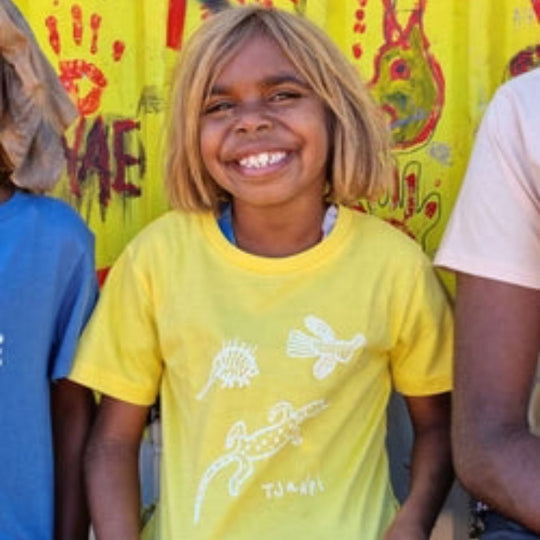
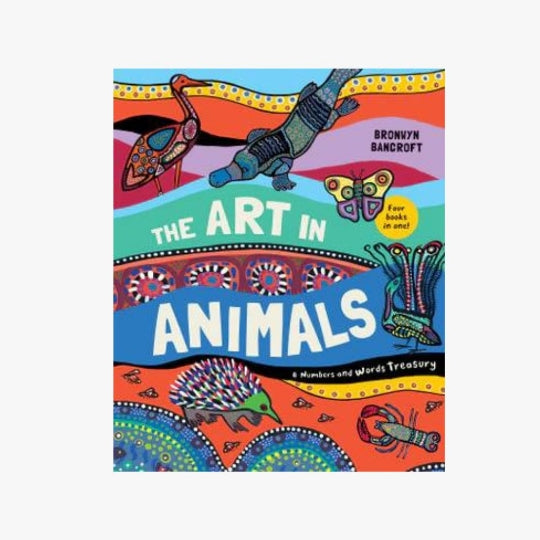


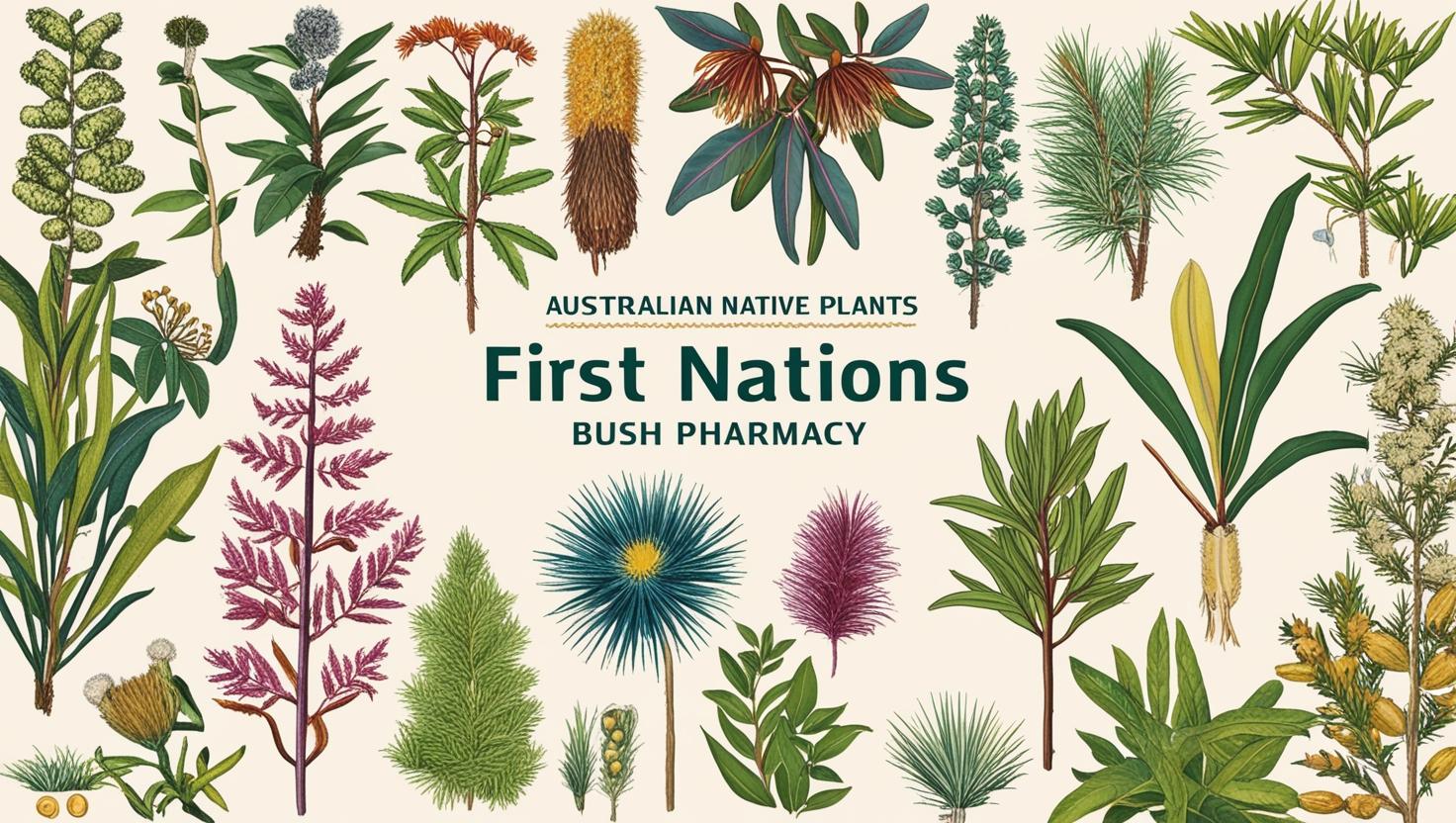
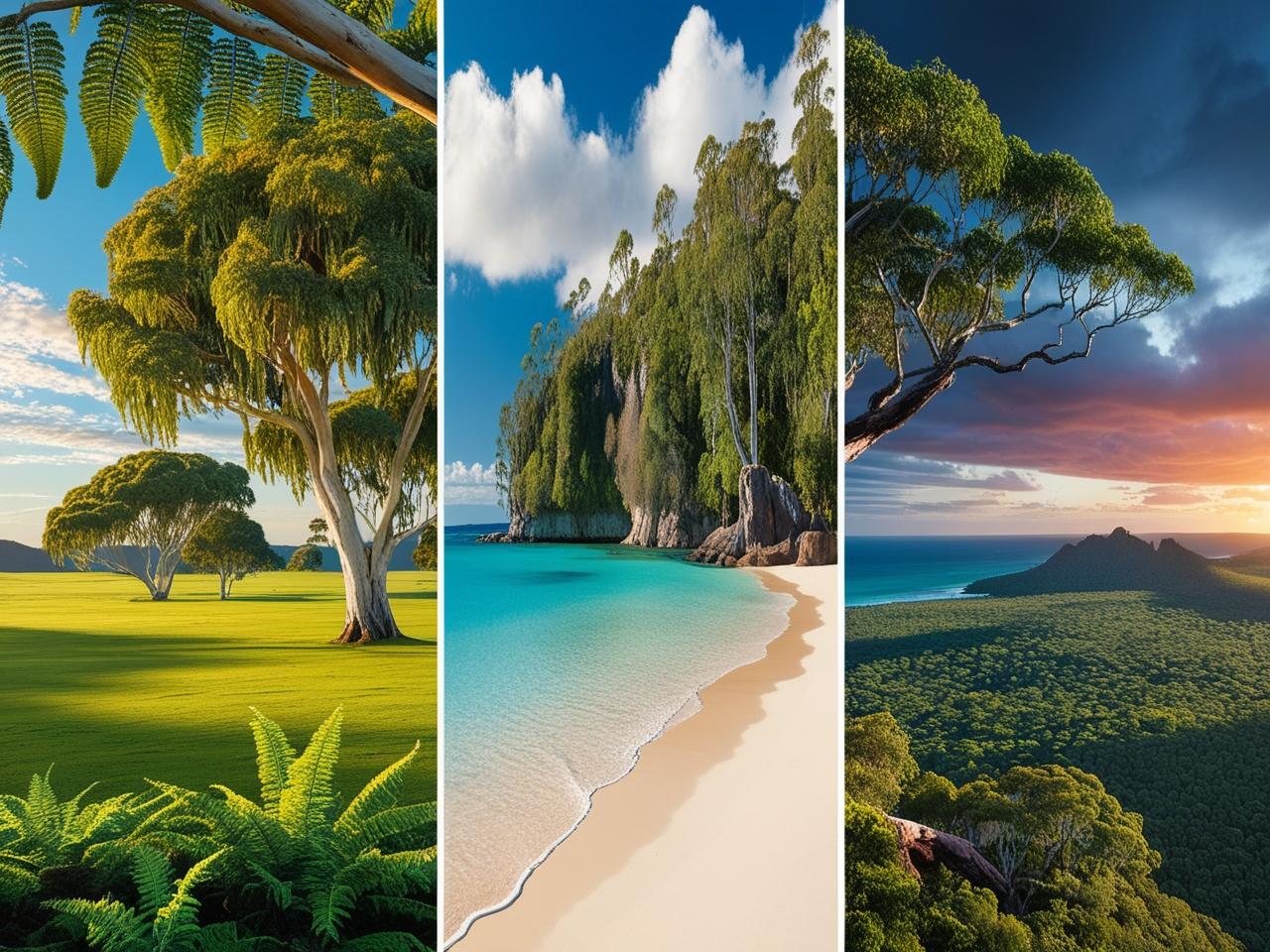

Leave a comment
This site is protected by hCaptcha and the hCaptcha Privacy Policy and Terms of Service apply.